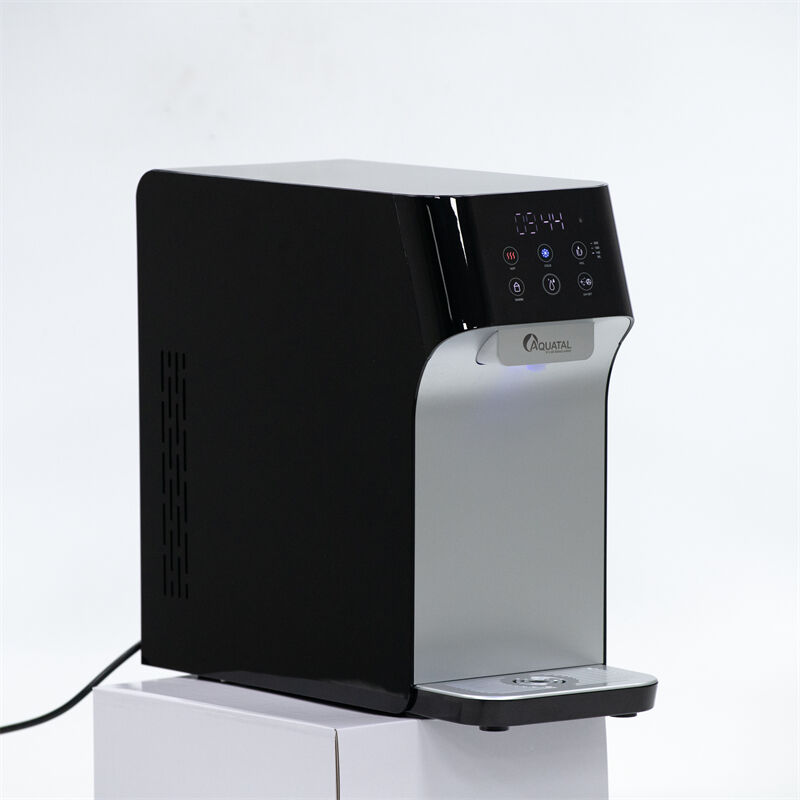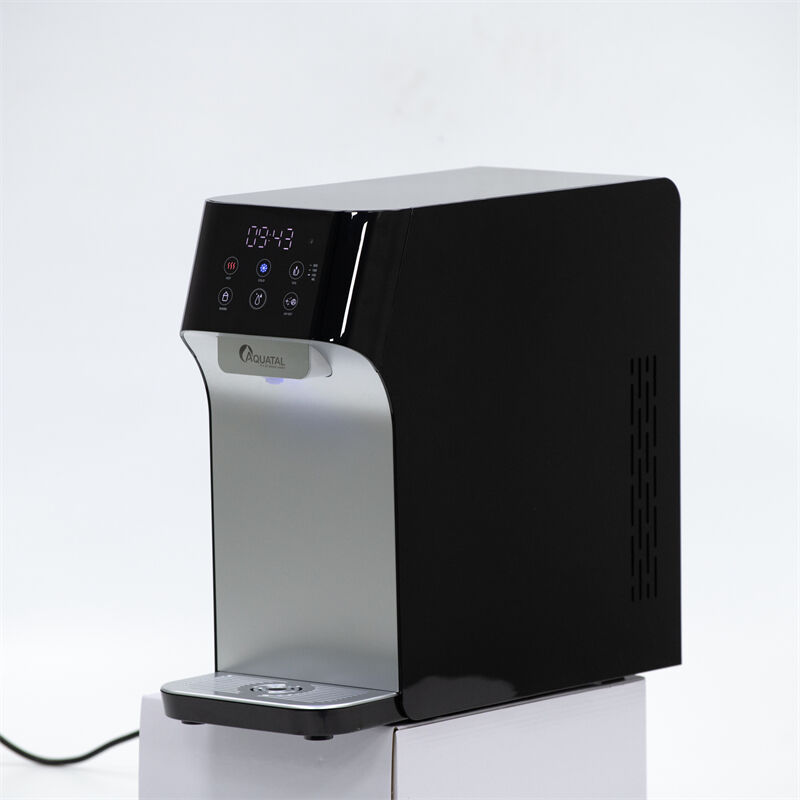Technological advancements are happening rapidly which leads to better solutions in many areas, one of them is water purification. RO water filters which are known to remove impurities and contaminants, do not differ from the rest. We will now jump into the newest trends in this important area, talking about RO membrane technology and improvements in energy efficiency.

Innovations in RO Membrane Technology
An important part of a reverse osmosis system is the membrane which is responsible for separating desired from unwanted items in water. Innovations introduced in RO membrane technology are helping the system work well and last for a longer time. For years, most RO membranes were built using polyamide thin-film composites. Nevertheless, advances in both materials and production methods are increasing their ability to perform and remain strong.
Advanced Material Development
Experiments with graphene oxide and carbon nanotubes are being carried out by researchers. Its outstanding strengths in both structure and permeability make graphene very enticing. The use of these materials leads to membranes that are both better at getting rid of contaminants and stronger against being fouled and damaged. So, these systems are less likely to break and can keep working efficiently for a long time.
Nanotechnology
Another interesting development is working with nanotechnology and RO membranes. The addition of nanoparticles in these membranes allows faster water movement while at the same time blocking more impurities. Thanks to this, water can be produced faster and in greater quantities without lowering its quality.
Smart Membranes
Sensors in smart membranes are being used more often to keep an eye on the system performance continuously. Using these sensors, people can find out about pressure, how quickly fluids move and the salinity, so they can manage and service the systems with greater efficiency. Dynamically adjusting operations allows the RO system to work at its best and last for a long time.
Energy Efficiency in Modern Reverse Osmosis Systems
Because people care more about the environment, energy-efficient systems play an important role in today’s reverse osmosis systems. It is often claimed that RO systems take a lot of energy, especially because the membranes are pushed using a substantial amount of pressure. As a result, innovations focused on using less energy are very popular.
Energy Recovery Systems
Using energy recovery devices (ERDs) is also one of the main breakthroughs in wastewater engineering. By making use of the energy in high-pressure brine, ERDs greatly cut back on the amount of energy the system needs. Because of these devices, it’s now possible to purify RO water with less electricity.
High-Efficiency Pumps
Currently, RO systems are using pumps that perform very efficiently and do not need much energy to use. Once pumps are supported by VFDs, systems can vary their operation in response to needs which helps save energy and decrease operating expenses. The new developments not only help reduce harm to the environment but also result in better value for both home and business users.
Solar-Powered RO Systems
It is also very exciting that solar power is now being used to power RO systems. RO systems that use solar power are very helpful where traditional power resources are not available. Reliability on traditional energy is removed by these methods which cuts down emissions and makes water purification more sustainable.
AI and Machine Learning
Reverse osmosis system operation is being increasingly improved with AI and machine learning. These systems examine lots of data, predict what is needed and manage energy to make the most of it. Optimally adjusting system performance is possible with smart algorithms, so it is efficient at all times.

 EN
EN
 AR
AR
 BG
BG
 HR
HR
 CS
CS
 DA
DA
 NL
NL
 FI
FI
 FR
FR
 DE
DE
 EL
EL
 HI
HI
 IT
IT
 JA
JA
 KO
KO
 NO
NO
 PL
PL
 PT
PT
 RO
RO
 RU
RU
 ES
ES
 SV
SV
 TL
TL
 IW
IW
 ID
ID
 UK
UK
 VI
VI
 HU
HU
 TH
TH
 TR
TR
 FA
FA
 AF
AF
 MS
MS
 GA
GA
 AZ
AZ
 KA
KA
 BS
BS
 KK
KK
 KY
KY
